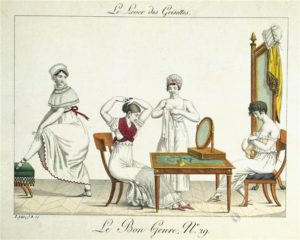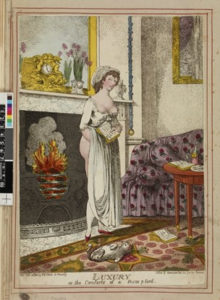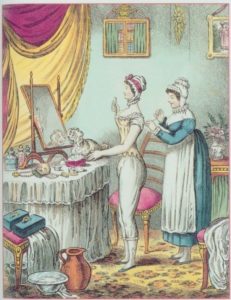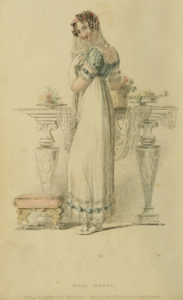by Donna Hatch
Origin of Halloween -- All Hallow's Eve
An ancient Celticic festival Samhain (a Gaelic word pronounced "SOW-en" or “SAH-win”) celebrated the end of summer's end, the harvest, and the new year, which, at the time, landed on November 1st. the Celts believed that during Samhain, the barrier between the living and the dead became thin enough that ghosts, monsters, and fairies walked the earth to steal souls. They also believed that ghosts of their ancestors could visit that night. The multi-day celebration included sacrifices, fires, dancing, drinking, and much revelry, as well as wearing disguises to hide from the souls wandering around.
Eventually, with the rise of Christianity, the Roman Catholic Church replaced Samhain with All Saints’ Day or All Soul's Day, which celebrates the church’s saints on November 1. The day before All Saints' Day became All Hallows’ Eve. Many Samhain traditions have endured until today.
Carved Jack O'Lanterns
Ancient Celts invented Jack O'Lanterns. But since pumpkins are native to North America, so the Celts hollowed out and carved rutabagas, gourds, potatoes, beets, and even turnips. To make their faces glow, they put a candle or lit ember inside. These lit root vegetables guided their doorways to ward off evil spirits.
The Celts also left doors and windows open to welcome in the spirits of their ancestors and set out food for them because, of course, ghosts get hungry. And apparently, only wicked, non-family ghosts were frightened away by glowing veggie faces. To the right are a few examples of the faces that artistic carvers can make from turnips.
Origin of the Name Jack O'Lantern
.jpg) |
| Photo by Andy Holmes on Unsplash |
Although historians aren't positive about how a lit, carved vegetable became known as Jack O'Lantern, there are two prevailing theories.
From about the 17th century, the term referred to a night watchman who carried a lantern and patrolled the streets to curtail crime. The British often called men whose names they didn't know by a common name like Jack. So, a nightwatchman whose name was unknown carrying a lantern was referred to as Jack with the Lantern or Jack of the Lantern or Jack O'Lantern.
The name's origin may have arisen from a legend about Stingy Jack who played tricks on the devil. As punishment, he was doomed to wander the earth as a spirit carrying a lit coal which he later put into a carved-out turnip. The story about Stingy Jack became a part of All Hallow's Eve and is often referenced when spooky, unexplained lights are sighted, sometimes called Spook Lights.
Modern Jack O' Lanterns
Jack O'Lanterns today range from scary, to funny, to elegant to reflect the taste of the creator. So this Halloween spare a thought to your ancestors who have passed on. Who knows? They just might visit you.
 All Hallows Eve during Regency England, filled with ancient English customs, sets the scene for my newest short novel, A Ghost of a Chance.
All Hallows Eve during Regency England, filled with ancient English customs, sets the scene for my newest short novel, A Ghost of a Chance.
A lost soul searching for hope...
After a devastating loss, a young lady throws herself into searching for her missing brother and taking solace in her musical composition. When a handsome and captivating stranger comes to town one All Hallows Eve, she dares to hope for more than her endlessly lonely existence.
A tormented war hero seeking redemption...
Unable to flee the memories of war, a retired cavalry captain spends his days helping the men who served under his command adjust to civilian life. Perhaps if he helps them all, he can atone for some of his past failures. When he stops for the night at a small English village celebrating All Hallows Eve, he meets an enchanting young lady unlike any other and suspects that what he needed all along was not only redemption but love.
They must find the courage to take a leap of faith and choose love over fear
It will take faith and valor to overcome the barriers between their worlds and let go of their past heartaches. As they discover love and happiness neither had imagined, they will have to delve into the shadow world between life and death to beg for another chance from the Angel of Death.
A Ghost of a Chance is available in ebook, Kindle Unlimited, and paperback.
Sources:
https://www.merriam-webster.com/wordplay/the-history-of-jack-o-lantern
https://www.history.com/news/history-of-the-jack-o-lantern-irish-origins
https://time.com/5419385/why-jack-o-lanterns-halloween/
https://www.britannica.com/story/why-do-we-carve-pumpkins-at-halloween
https://worldpopulationreview.com/country-rankings/countries-that-celebrate-halloween
https://www.history.com/topics/holidays/samhain#samhain-merges-with-halloween































